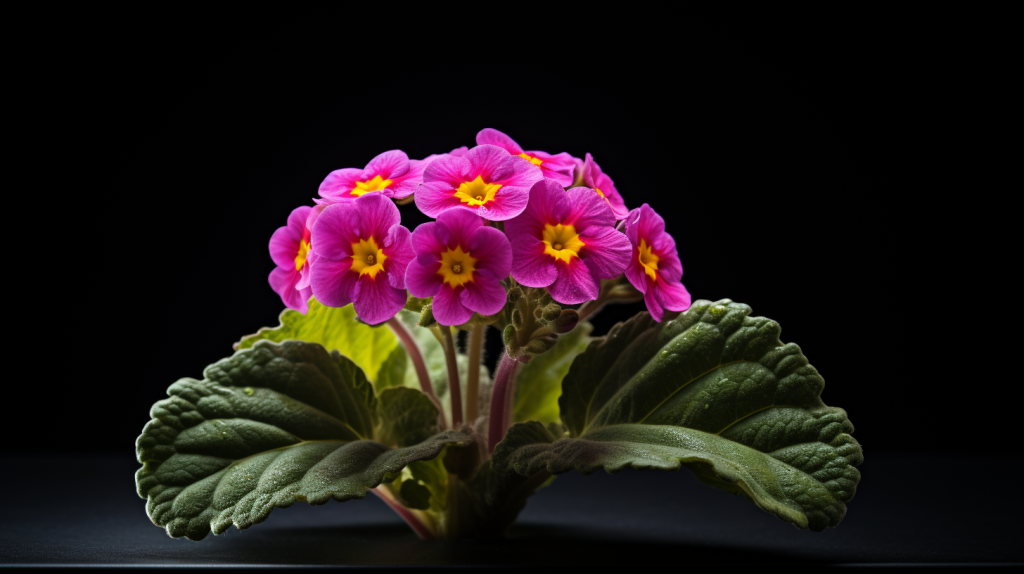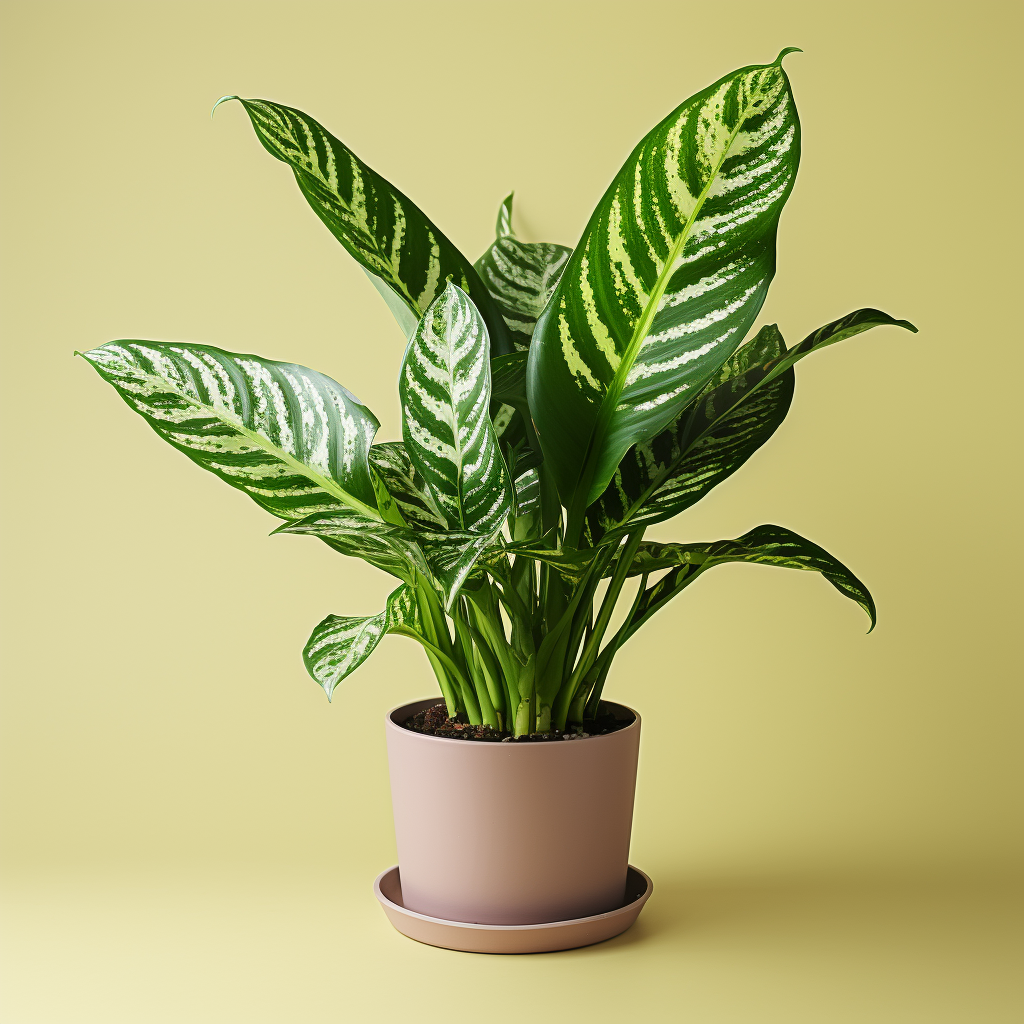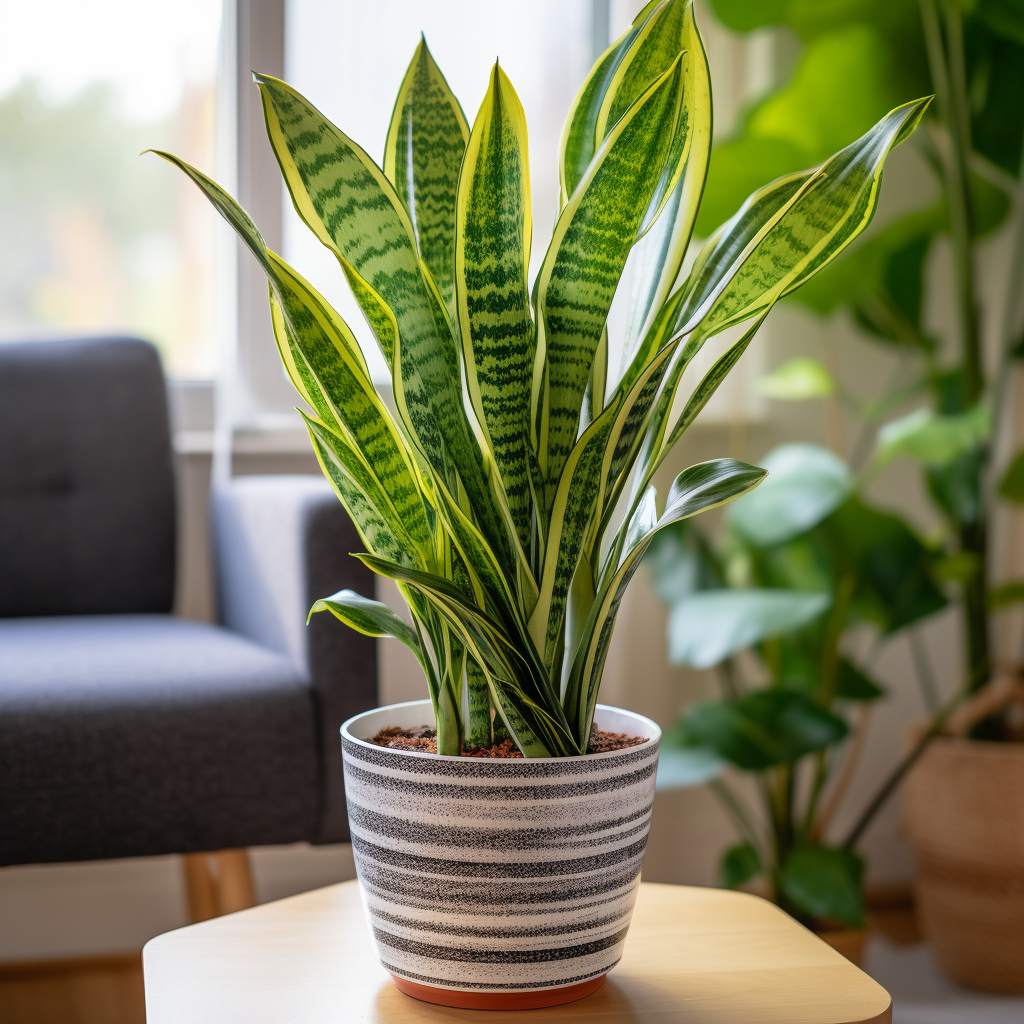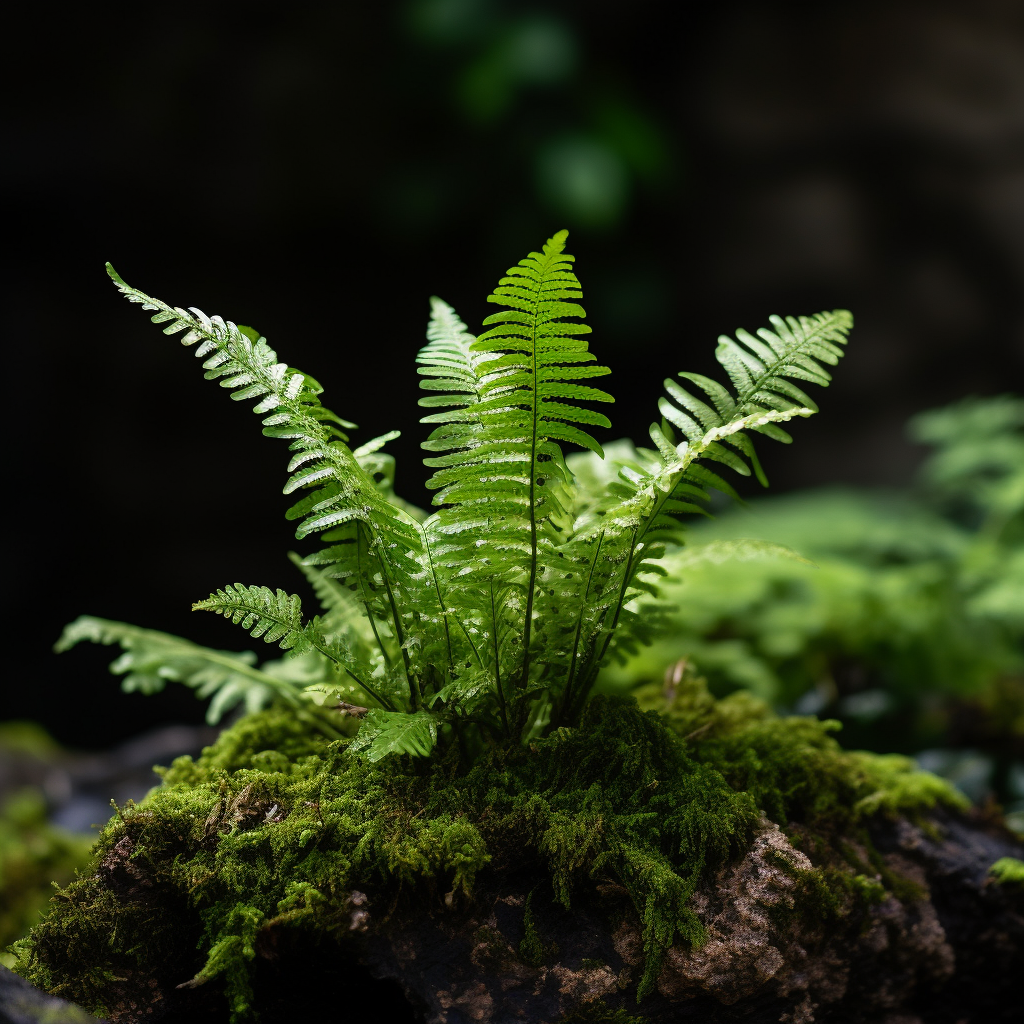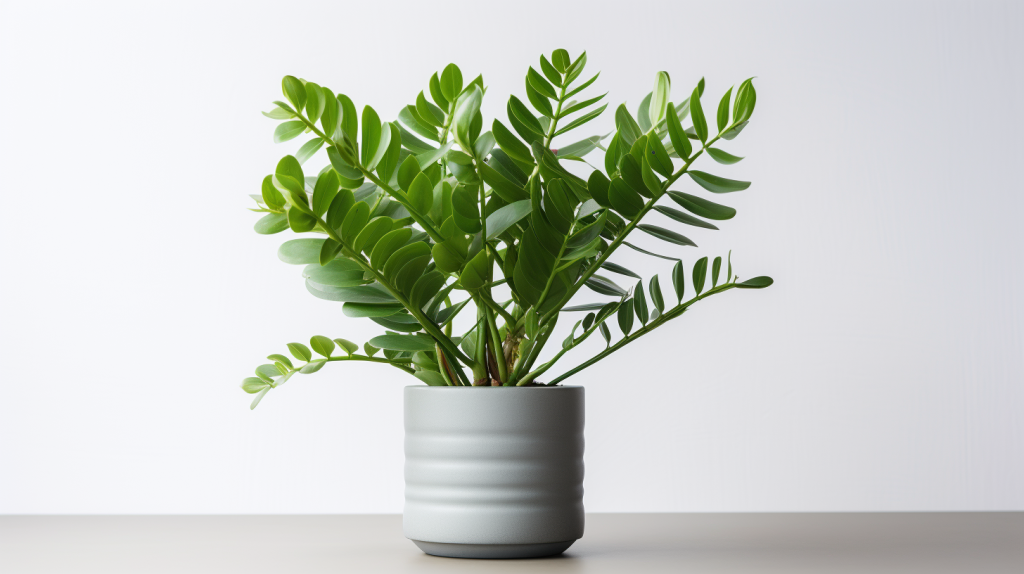We will explore the fascinating world of the Poison Primrose plant, also known as Primula Obconica. From its description and appearance to its flowering habits and care requirements, we will provide you with all the information you need to successfully grow and care for this beautiful plant.
What is the Poison Primrose Plant?
The Poison Primrose, scientifically known as Primula Obconica, is a flowering plant that belongs to the Primulaceae family. It is native to China and is widely cultivated for its attractive flowers and lush foliage. Despite its name, the Poison Primrose is not actually poisonous to humans or pets, although it can cause skin irritation in some individuals.
Description of Poison Primrose Plant
The Poison Primrose plant is characterized by its rosette of dark green, oblong leaves that grow in a compact manner. The leaves have a slightly hairy texture, adding to the plant’s overall charm. The plant can reach a height of about 12 inches (30 cm) and has a spread of approximately 10 inches (25 cm).
What Does the Poison Primrose Plant Look Like?
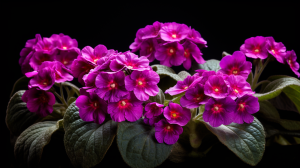
The Poison Primrose plant is known for its vibrant and colorful flowers. The flowers are borne on long stalks and come in a variety of shades, including pink, purple, white, and red. Each flower has a distinctive yellow center, which adds to its visual appeal. The flowers have a delicate, almost ethereal appearance, making them a popular choice for indoor and outdoor gardens alike.
Poison Primrose Plant Flowering
The Poison Primrose plant is known for its long flowering period, which typically lasts from late winter to early spring. During this time, the plant produces an abundance of flowers, creating a stunning display of color. To encourage optimal flowering, it is important to provide the plant with the right growing conditions, including proper lighting and watering.
Displaying Poison Primrose Plant
The Poison Primrose plant can be displayed in various ways to enhance its beauty. Here are a few suggestions:
- Indoor Gardens: The Poison Primrose plant thrives indoors, making it an excellent choice for brightening up your home or office. Place it in a well-lit area away from direct sunlight to prevent the temperature from becoming too high.
- Outdoor Gardens: The Poison Primrose plant can also be grown outdoors in garden beds or containers. It adds a splash of color to any garden and looks particularly stunning when planted in groups or mixed with other spring-blooming flowers.
Is the Poison Primrose Plant Poisonous?
Contrary to its name, the Poison Primrose plant is not poisonous to humans or pets. However, it is important to note that some individuals may experience skin irritation when in contact with the plant’s leaves. Therefore, it is advisable to handle the plant with care and wash your hands thoroughly after touching it.
Poison Primrose Plant Facts
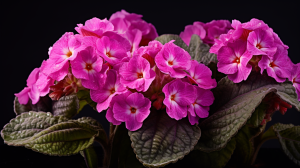
Here are some interesting facts about the Poison Primrose plant:
- The Poison Primrose plant is native to China and was introduced to Europe in the late 19th century.
- It is a popular choice for indoor gardens due to its attractive flowers and ease of care.
- The plant is known for its ability to purify the air by removing toxins and pollutants.
- The Poison Primrose plant is a perennial, meaning it can live for several years with proper care.
| Fact | Description |
|---|---|
| Height | Up to 12 inches (30 cm) |
| Spread | Approximately 10 inches (25 cm) |
| Flower Colors | Pink, purple, white, red |
| Flowering Period | Late winter to early spring |
| Light Requirements | Bright, indirect light |
| Watering | Keep the soil moist during the flowering season
|
Caring for Poison Primrose Plant
Proper care is essential for the health and vitality of the Poison Primrose plant. Here are some tips to help you care for your plant:
- Light: The Poison Primrose plant thrives in bright, indirect light. Avoid placing it in direct sunlight, as this can cause the temperature to become too high.
- Watering: During the flowering season, it is important to keep the soil moist at all times. However, be careful not to overwater the plant, as this can lead to root rot. Use soft or stagnant water for watering.
- Temperature: The Poison Primrose plant prefers cool temperatures ranging from 60°F to 70°F (15°C to 21°C). Avoid exposing the plant to extreme heat or cold.
- Humidity: The plant appreciates moderate humidity levels. You can increase humidity by placing a tray of water near the plant or using a humidifier.
- Fertilization: Feed the Poison Primrose plant with a balanced liquid fertilizer once a month during the growing season. Follow the instructions on the fertilizer packaging for proper dosage.
- Pruning: Remove any dead or yellowing leaves to maintain the plant’s overall appearance. Prune the plant after flowering to encourage new growth.
| Care Tip | Description |
|---|---|
| Light | Bright, indirect light |
| Watering | Keep the soil moist during the flowering season |
| Temperature | 60°F to 70°F (15°C to 21°C) |
| Humidity | Moderate humidity levels |
| Fertilization | Balanced liquid fertilizer once a month |
| Pruning | Remove dead or yellowing leaves
|
Common Problems
While the Poison Primrose plant is relatively easy to care for, it can still face some common problems. Here are a few issues you may encounter and how to address them:
- Root Rot: Overwatering can lead to root rot in the Poison Primrose plant. To prevent this, ensure proper drainage and avoid waterlogging the soil.
- Damping Off: This fungal disease can cause the plant to wilt and die. To prevent damping off, provide good air circulation around the plant and avoid overwatering.
- Pest Infestation: The Poison Primrose plant can be affected by pests such as spider mites, mealybugs, and aphids. Regularly inspect the plant for signs of infestation and treat with appropriate insecticides if necessary.
Frequently Asked Questions
- Can I grow Poison Primrose indoors?
- Yes, the Poison Primrose plant can be grown indoors. It thrives in bright, indirect light and moderate humidity levels
- Yes, the Poison Primrose plant can be grown indoors. It thrives in bright, indirect light and moderate humidity levels
- How often should I water my Poison Primrose plant?
- During the flowering season, keep the soil moist at all times. However, be careful not to overwater the plant, as this can lead to root rot
- During the flowering season, keep the soil moist at all times. However, be careful not to overwater the plant, as this can lead to root rot
- Can I propagate Poison Primrose from cuttings?
- Yes, the Poison Primrose plant can be propagated from stem cuttings. Take a 3-4 inch (7-10 cm) cutting from a healthy plant and place it in a pot with well-draining soil.

